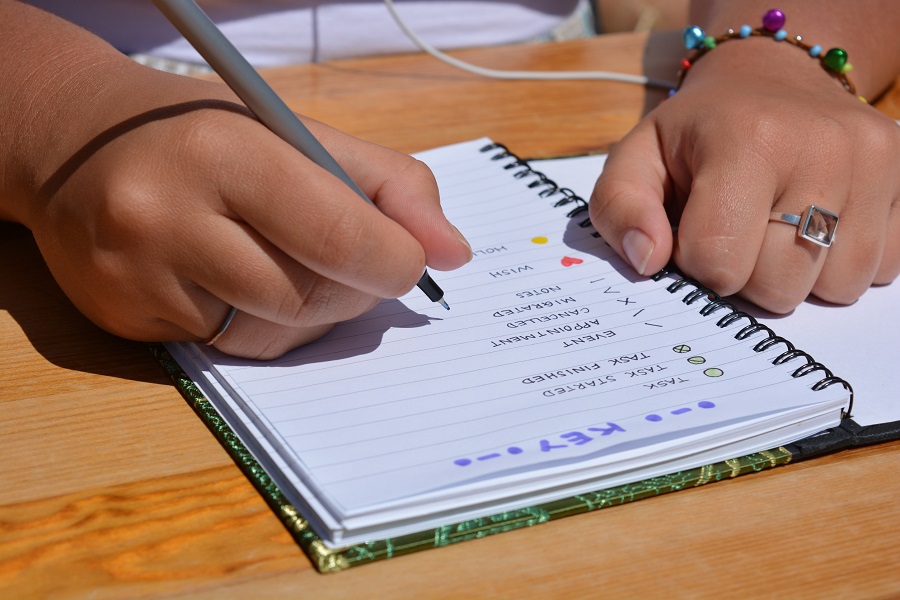
1. Traffic Accidents

To minimize your chances of being involved in an accident, always stay alert, follow traffic laws, and avoid distractions like texting or eating while driving. Defensive driving techniques, such as maintaining a safe following distance and being aware of your surroundings, can also help you react promptly to unexpected situations.
2. Air Pollution

To reduce your exposure to air pollution, consider carpooling, using public transportation, or biking instead of driving alone. Additionally, keeping your car windows closed and using the air recirculation mode can help limit the amount of polluted air entering your vehicle.
3. Stress and Mental Health

To combat commuting-related stress, try to incorporate relaxation techniques into your routine, such as listening to calming music, practicing deep breathing exercises, or using the time for personal development through audiobooks and podcasts. Planning your route to avoid traffic congestion and allowing extra time for your journey can also help reduce stress.
4. Sedentary Lifestyle

Incorporating more physical activity into your daily routine can help mitigate these risks. Consider biking or walking part of your commute, taking the stairs instead of the elevator, or incorporating regular exercise into your schedule. Simple changes, like parking further away from your destination or getting off public transportation a stop early, can also increase your daily activity levels.
5. Noise Pollution

To protect yourself from noise pollution, consider using noise-canceling headphones or earplugs during your commute. Listening to soothing music or podcasts can also help drown out the background noise and create a more pleasant environment. If possible, choose quieter routes or travel during off-peak hours to minimize exposure.
6. Poor Ergonomics

To improve ergonomics, ensure your car seat is adjusted correctly to support your lower back and maintain a comfortable driving position. Use lumbar support cushions if necessary, and take breaks to stretch and move around during long drives. On public transportation, try to sit in a comfortable position and avoid slouching.
7. Risk of Theft and Assault

To protect yourself, stay vigilant and aware of your surroundings. Keep your belongings secure and avoid displaying valuable items like smartphones or jewelry. Travel with a companion when possible, and use well-lit, populated routes, particularly during early morning or late evening commutes.
8. Weather Hazards

Stay informed about the weather forecast and plan accordingly. In adverse conditions, allow extra time for your commute, drive at reduced speeds, and maintain a safe following distance. Ensure your vehicle is well-maintained, with proper tires, brakes, and windshield wipers, to handle various weather challenges.
9. Exposure to Germs and Illnesses

To reduce your risk of illness, practice good hygiene by washing your hands regularly and using hand sanitizer. Avoid touching your face and consider wearing a mask during peak flu seasons or in particularly crowded areas. If you’re feeling unwell, it’s best to stay home to prevent spreading illness to others.
10. Fatigue and Sleep Deprivation

Prioritize getting sufficient sleep by maintaining a consistent sleep schedule and creating a restful bedtime routine. If possible, adjust your work hours to reduce commute times and ensure you have adequate rest. If you feel drowsy while driving, pull over and take a short nap or break until you feel more alert.
11. Road Rage and Aggressive Driving

Maintain a calm and patient demeanor while driving, and avoid engaging with aggressive drivers. Practice defensive driving techniques and give yourself plenty of time to reach your destination to reduce stress. Listening to calming music or practicing mindfulness techniques can also help manage stress and prevent road rage.
12. Environmental Impact

Consider alternative modes of transportation, such as carpooling, public transit, biking, or walking, to reduce your environmental footprint. Electric and hybrid vehicles are also more eco-friendly options for those who need to drive. By making sustainable choices, you can help mitigate the environmental impact of your daily commute.
Navigating Your Commute Safely and Sustainably


Toi Williams began her writing career in 2003 as a copywriter and editor and has authored hundreds of articles on numerous topics for a wide variety of companies. During her professional experience in the fields of Finance, Real Estate, and Law, she has obtained a broad understanding of these industries and brings this knowledge to her work as a writer.




























